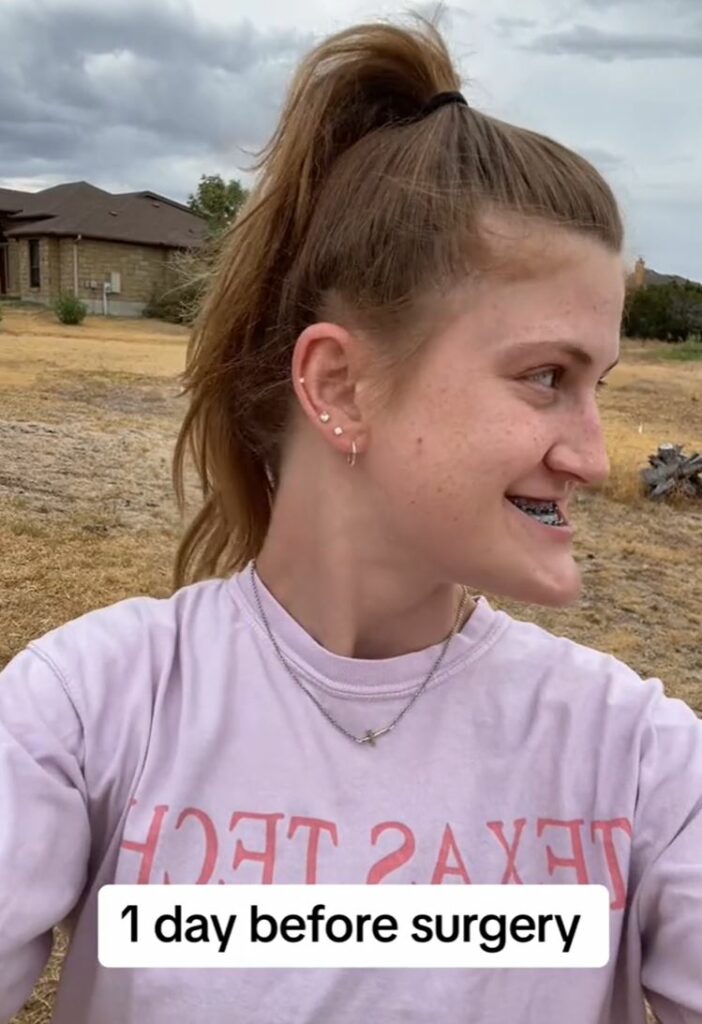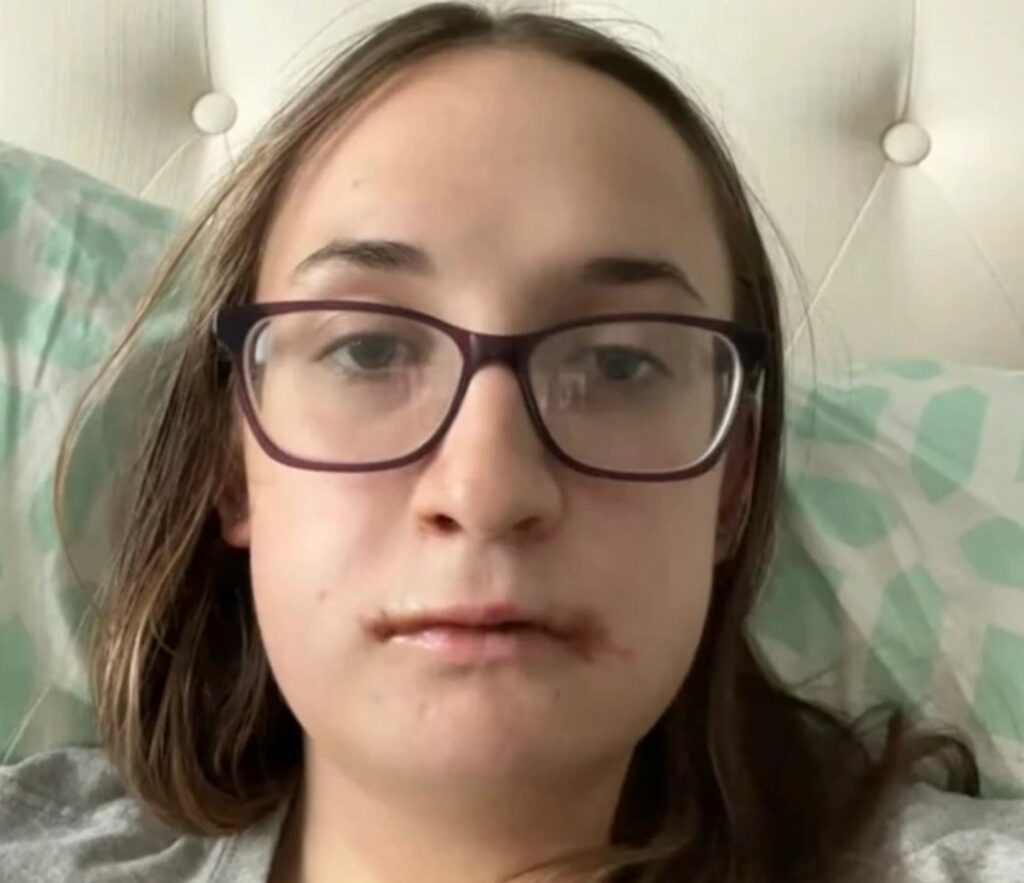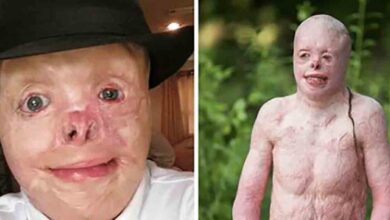Young woman goes viral with incredible jaw surgery transformation
A young woman named Maddie has captured the internet’s attention after sharing her jaw surgery journey on TikTok. Her videos, which detail her experience before, during, and after the surgery, have accumulated over 30 million views.
Maddie needed double jaw surgery to fix a “lower jaw deformity,” but she chose to undergo the procedure mainly to improve her appearance. The surgery lasted around four hours and had impressive results. Maddie also mentioned that she had to wear braces for a year before the surgery and would need them again for six months afterward.

Maddie’s transformation received widespread support from viewers. Comments on her videos were filled with positive messages. One follower said, “So happy for you!! You’re glowing!!!!” Another shared, “Seeing your happiness grow in each clip is a joy to witness! So happy for you!” Some viewers even related to her experience, with one expressing apprehension about needing jaw surgery and braces but feeling inspired by Maddie’s journey.
Maddie isn’t alone in sharing her jaw surgery story on TikTok. Another young woman, Virginia, also documented her journey of undergoing upper and lower jaw surgery. Like Maddie, Virginia had to wear braces and ultimately felt more confident and happy after the procedure.

Jaw surgery can significantly impact daily life, especially diet. Maddie shared that she could only consume liquids like broth and yogurt for the first week and a half after the surgery. By the second week, she transitioned to soft foods such as oatmeal and eggs.
Recovering from jaw surgery typically takes around three months. During this time, new tissues and bones form around the repositioned jaw. People may undergo jaw surgery for various reasons, including:

- Over or underbite
- Open bite (when the upper and lower front teeth don’t overlap)
- Crossbite
- Genetic disorders like cleft lip or Pierre Robin sequence
- TMJ (temporomandibular joint disorders)
- Disrupted sleep
Before jaw surgery, patients undergo X-rays to examine their facial skeletal structures. An orthodontist then creates a detailed treatment plan.

The surgery, performed under general anesthesia, often involves making incisions inside the mouth to prevent scarring, though small external incisions may be necessary. The jaw bones are repositioned or aligned as per the treatment plan. In some cases, skin grafting is required, and the incisions are sutured.
Modern medicine continues to achieve remarkable feats, including life-saving procedures and elective surgeries that enhance confidence and improve quality of life.





